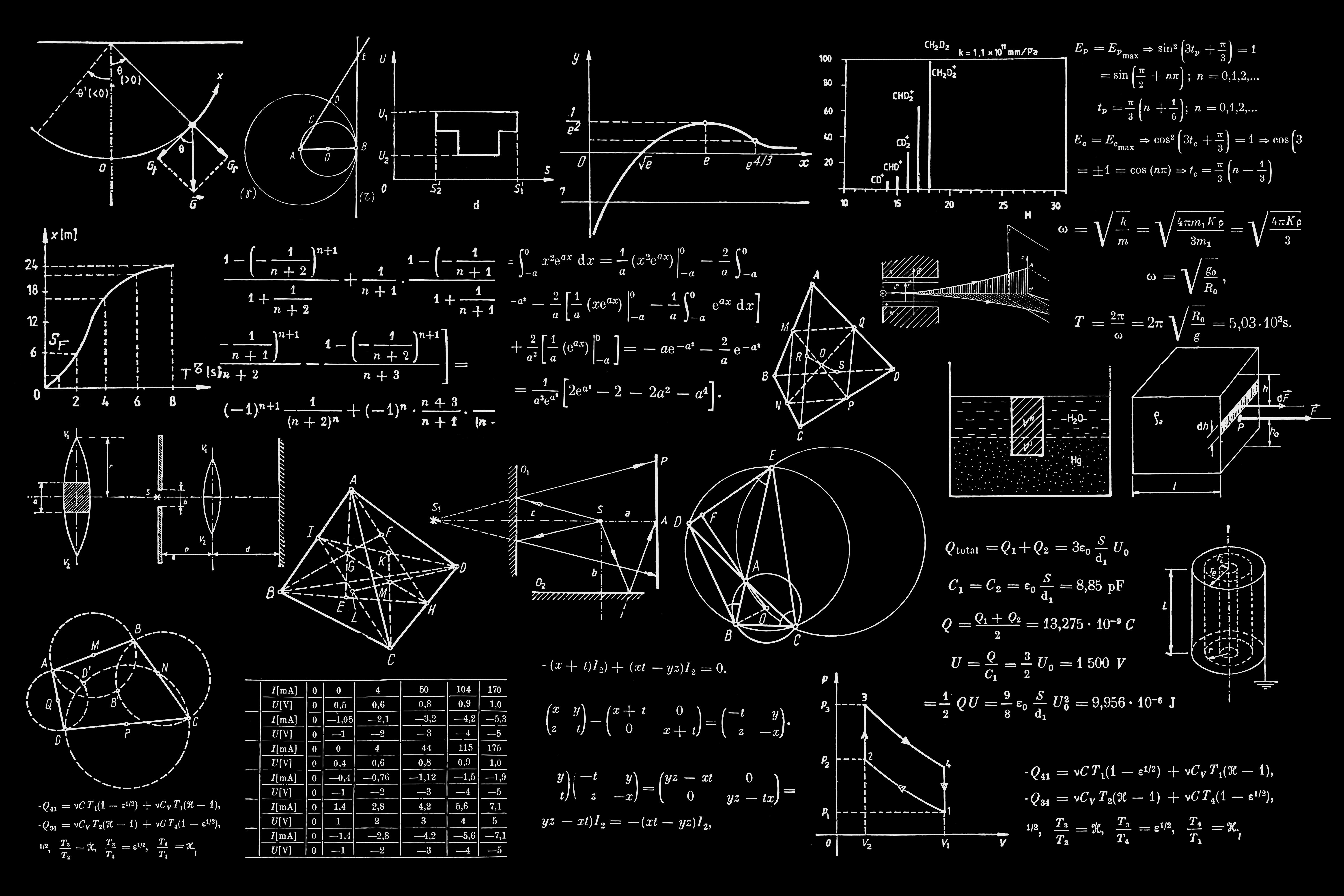Look around. The vibrant green of leaves, the deep blue of the ocean, the fiery red of a sunset, the dazzling hues of a butterfly's wing – our world is a symphony of color. But where does this color truly come from? The answer lies not just in light, but in the intricate dance of atoms and molecules, a journey from the vanishingly small to the world we see. Welcome to the VIBGYOR of Chemistry, an exploration of how the interaction between light and matter paints our reality, stretching from the quantum realm to the grand canvas of nature and human creation.
Decoding the Spectrum: Light Meets Matter
Light, as Isaac Newton famously demonstrated using a prism, is composed of a spectrum of colors – Violet, Indigo, Blue, Green, Yellow, Orange, Red (VIBGYOR). But color isn't inherent in the light alone; it's a story of absorption and reflection dictated by chemistry at the molecular level.
- The Atomic Orchestra (Micro): At the heart of color lie electrons within atoms and molecules. These electrons reside at specific energy levels. When a photon (a particle of light) with just the right energy hits an electron, the electron can jump to a higher energy level – it absorbs that photon.
- The Color We See (Macro): The color we perceive is the complement of the color absorbed. If a molecule absorbs red light (around 650 nm), it reflects or transmits the other colors, and we see it as greenish-blue (cyan). If it absorbs all visible light, we see black. If it absorbs none, we see white (or transparent).
Table 1: The Visible Spectrum – Newton's VIBGYOR
| Color | Wavelength Range (nm) | Energy (Relative) |
|---|---|---|
| Violet | 380 - 450 | Highest |
| Indigo | 450 - 475 | ↓ |
| Blue | 475 - 495 | ↓ |
| Green | 495 - 570 | ↓ |
| Yellow | 570 - 590 | ↓ |
| Orange | 590 - 620 | ↓ |
| Red | 620 - 750 | Lowest |
Visualizing the Spectrum
Molecular Magic: How Structures Steal Light
Different molecular structures absorb different wavelengths. Key players include:
1. Conjugated Systems
Molecules with alternating single and double bonds (like beta-carotene in carrots) create a "pathway" for electrons. The longer this conjugated chain, the lower the energy (longer wavelength) of light absorbed. Short chains absorb UV (invisible), longer chains absorb blue/green (appearing orange/red).
2. Transition Metal Complexes
Ions like Iron (Fe), Copper (Cu), Cobalt (Co), and Chromium (Cr) surrounded by other molecules or ions (ligands) absorb specific wavelengths due to electron transitions within the metal's d-orbitals. This gives us the deep blue of copper sulfate, the red of ruby (Cr³⺠in Alâ‚‚O₃), and the green of emerald (Cr³⺠in Be₃Alâ‚‚Si₆Oâ‚₈).
3. Charge Transfer
Sometimes, absorption involves an electron jumping from one part of a molecule to another (e.g., from a ligand to a metal ion). This often produces very intense colors, like the deep purple of potassium permanganate (MnOâ‚„â»).
Table 2: Common Chromophores & Their Colors
| Chromophore Type | Example Compound/Material | Color Observed | Light Absorbed (Approx.) |
|---|---|---|---|
| Short Conjugation | Ethylene (Câ‚‚Hâ‚„) | Colorless | UV (< 200 nm) |
| Medium Conjugation | Lycopene (Tomatoes) | Red | Green (~500 nm) |
| Long Conjugation | Beta-Carotene (Carrots) | Orange | Blue/Green (~450-500 nm) |
| d-d Transition (Co²âº) | Cobalt Chloride (CoClâ‚‚) | Pink (Hydrated) | Green/Yellow |
| d-d Transition (Cu²âº) | Copper Sulfate (CuSO₄·5Hâ‚‚O) | Blue | Orange/Red |
| Charge Transfer (MnOâ‚„â») | Potassium Permanganate | Deep Purple | Green/Yellow |
Beyond Absorption: Structural Color & Luminescence
Chemistry creates color in even more dazzling ways:

Structural Color
Some colors, like the iridescent blue of a Morpho butterfly wing or the shimmer of an opal, come not from pigment molecules absorbing light, but from incredibly precise nano-scale structures on the surface. These structures interfere with light waves, selectively reflecting specific colors based on their spacing and angle. It's physics enabled by biological chemistry!

Fluorescence & Phosphorescence
Some molecules absorb high-energy light (like UV) and then re-emit it as lower-energy visible light almost instantly (fluorescence) or with a delay (phosphorescence). This is the secret behind "neon" colors, highlighter pens, and glowing jellyfish (thanks to the Green Fluorescent Protein, GFP – a Nobel Prize-winning discovery!).
Spotlight Experiment: Newton's Prism – Splitting the Rainbow (1672)
Methodology: A Beam of Light and a Piece of Glass
- Setup: Newton darkened a room, allowing only a narrow beam of sunlight to enter through a small hole in a window shutter.
- The Prism: He placed a triangular glass prism directly in the path of this beam.
- Observation: Instead of emerging as a single spot of white light, the beam spread out into a band of distinct colors – Violet, Indigo, Blue, Green, Yellow, Orange, Red – projected onto a screen opposite the prism.
- The Critical Test (Recombination): To prove the colors were inherent in the white light and not created by the prism, Newton used a second prism. He isolated just one color (e.g., red) from the first spectrum and passed it through the second prism. This single color merely refracted but did not split further. Finally, he used a lens to recombine all the separated colors from the first prism. The result? White light was reformed.
Results and Analysis: The Foundation of Spectroscopy
- Core Result: White light is not fundamental; it is a mixture of all the colors of the visible spectrum. A prism separates them because it bends (refracts) different wavelengths (colors) of light by slightly different amounts (shorter wavelengths like violet bend more than longer wavelengths like red).
- Scientific Importance: This experiment proved that color is a property of light itself. It directly led to the field of spectroscopy – the study of how matter interacts with light across different wavelengths. In chemistry, spectroscopy became the ultimate tool for identifying substances:
- Absorption Spectroscopy: Measures which wavelengths a chemical sample absorbs (revealing its molecular structure – like the chromophores in Table 2).
- Emission Spectroscopy: Measures the wavelengths a sample emits when excited (used in flame tests for metals, analyzing stars).
Newton's prism experiment was the crucial first step in linking the visible phenomenon of color to the physical properties of light and, ultimately, to the electronic structure of matter – the core of chemical color.
The Scientist's Toolkit: Unlocking Color's Secrets
Understanding and manipulating chemical color requires specialized tools and reagents:
Table 3: Essential Research Reagents & Solutions for Color Chemistry
| Reagent/Solution | Primary Function | Example Use |
|---|---|---|
| pH Indicators | Change color reversibly based on solution acidity (pH). | Visualizing pH changes in reactions (e.g., Litmus, Phenolphthalein). |
| Spectrophotometer | Instrument measuring intensity of light absorbed/transmitted by a sample vs. wavelength. | Quantifying concentration, identifying compounds via absorption spectra. |
| Solvents (e.g., Water, Ethanol, Hexane) | Dissolve compounds for spectroscopic analysis. | Preparing samples for UV-Vis spectroscopy. |
| Buffer Solutions | Maintain constant pH, crucial for indicators & reactions sensitive to acidity. | Ensuring color change reflects specific chemical change, not just pH drift. |
| Standard Solutions | Solutions of precisely known concentration. | Calibrating instruments (like spectrophotometers) for accurate measurement. |
| Fluorescent Dyes/Tags | Molecules that absorb light and re-emit it at longer wavelengths (fluoresce). | Labeling and tracking biomolecules in cells (e.g., Fluorescein, GFP). |
| Metal Salt Solutions | Provide transition metal ions for studying d-d transitions & complex formation. | Demonstrating color changes in ligand exchange reactions. |
From Quantum Leaps to Butterfly Wings: The Spectrum of Existence
The journey from the micro to macro world of color is a breathtaking demonstration of how fundamental physical laws, manifesting through chemistry, create the richness of our sensory experience. The absorption of a single photon by a lone electron in a carotene molecule deep within a carrot root manifests as the vibrant orange on our plate. The precise arrangement of chitin nanostructures, built by biological chemistry, on a butterfly's wing produces iridescent blues that captivate our eyes. The careful synthesis of transition metal complexes gives us the stained glass windows of cathedrals and the pigments in master paintings.
Understanding the VIBGYOR of chemistry isn't just about knowing why the sky is blue or leaves are green. It's about deciphering the universe's intricate language of light and matter. It empowers us to create new materials, develop life-saving medical diagnostics (using fluorescent tags), design solar cells, and even probe the composition of distant stars. From the quantum dance within an atom to the awe-inspiring palette of nature and human ingenuity, the chemistry of color truly connects the smallest building blocks to the grandest spectacles of our world. So next time you see a rainbow, remember: it's not just light bending through rain; it's a cosmic invitation to explore the hidden chemistry that paints our reality.